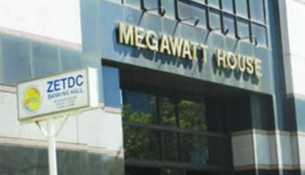
Zim Now Writer
Zesa Holdings subsidiary, the Zimbabwe Electricity Transmission and Distribution Company, has reviewed upwards its power tariffs with effect from March 1.
This comes as government recently turned down power utility Zesa’s request to charge for power in United States dollars to allow the power utility to pay for power imports.
The new power tariffs, which are in Zimbabwe dollars, are structured as follows:
Related Stories
| Power Band | Total kWk in band | Charge Per kWh | Amount | |
| 1st 50kWk | 0-50 | 50kWh | $23.70 | $1 135 |
| Next 50 | 51-100 | 50kWh | $45.50 | $3 275 |
| Next 100 | 101-200 | 100kWh | $113.80 | $7 980 |
| Next 100 | 201-300 | 100kWh | $130.80 | $13 080 |
| Above 400 | $136.40 |
The last increase was in October 2022 and had the following charges:
| Power Band | Total kWh in band | Charge Per kWh | Amount | |
| 1st 50kWk | 0-50 | 50kWh | $18.24 | $912 |
| Next 50 | 51-100 | 50kWh | $36.27 | $1 828.50 |
| Next 100 | 101-200 | 100kWh | $64.07 | $6 407 |
| Next 100 | 201-300 | 100kWh | $105.12 | $10 512 |
| Above 400 | $109.70 |
The country is experiencing punishing load-shedding lasting between about 16 and 20 hours every day as Zesa's generation unit, the Zimbabwe Power Company’s generation capacity has fallen on the back of antiquated equipment, particularly at Hwange Power Station.
Generation at the Kariba Hydroelectric Power Station has also been reduced owing to the water levels on the Lake Kariba.

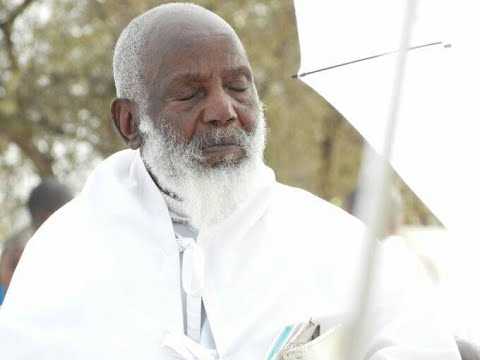

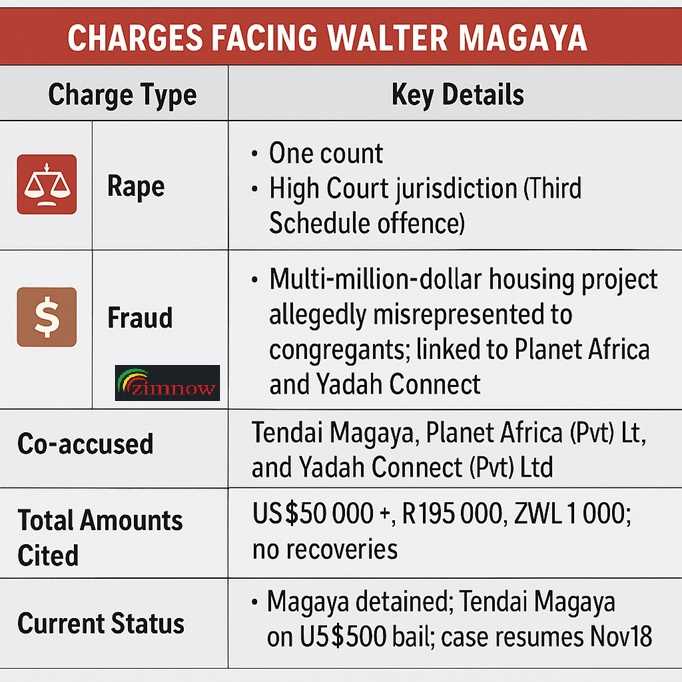
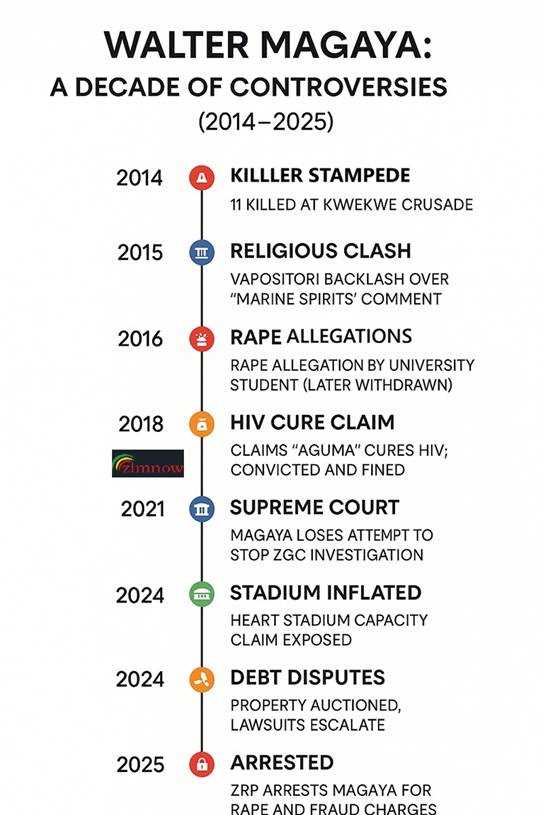
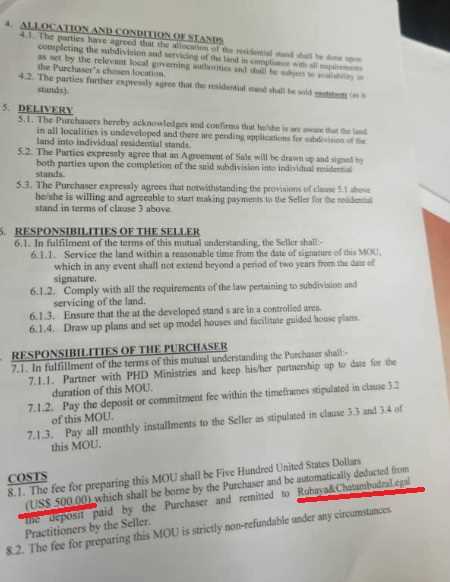

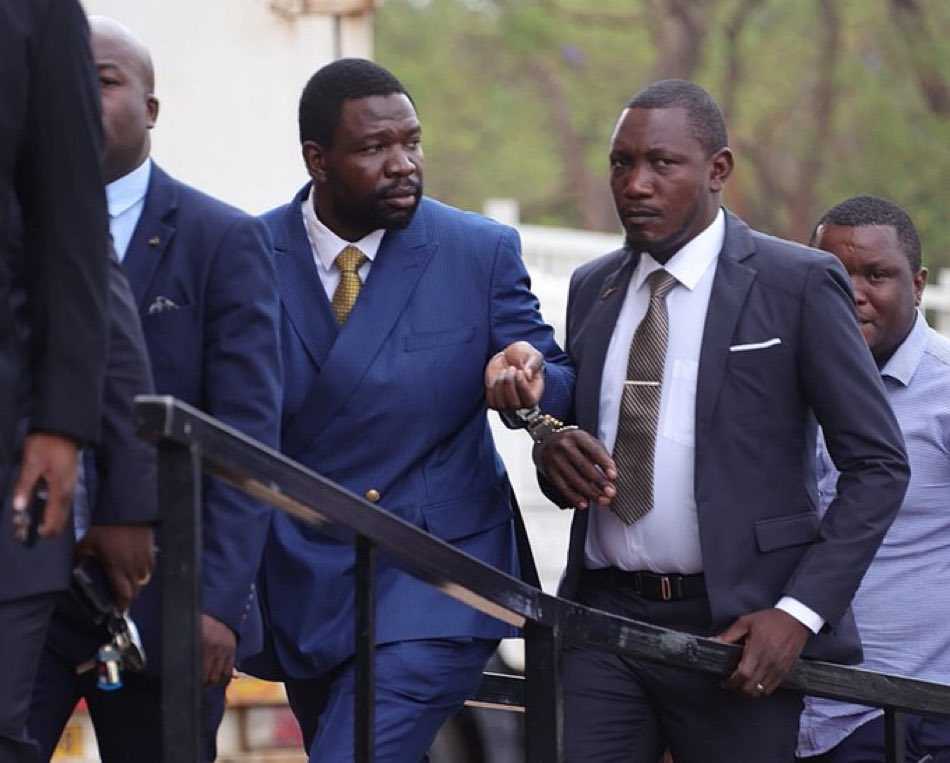



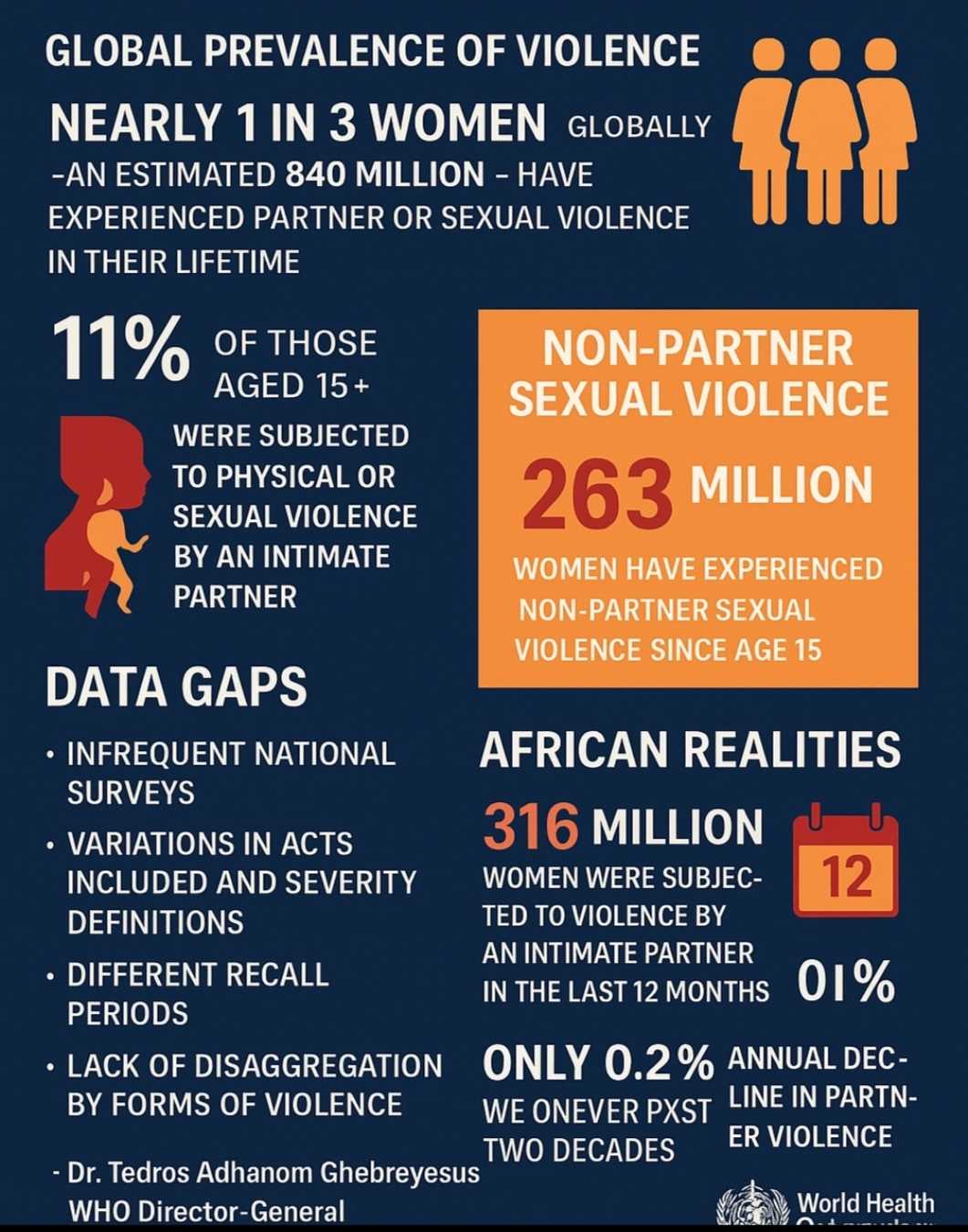



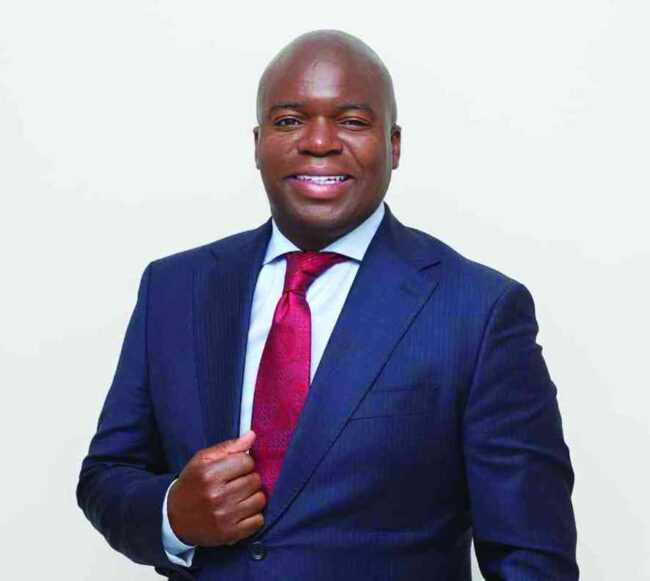

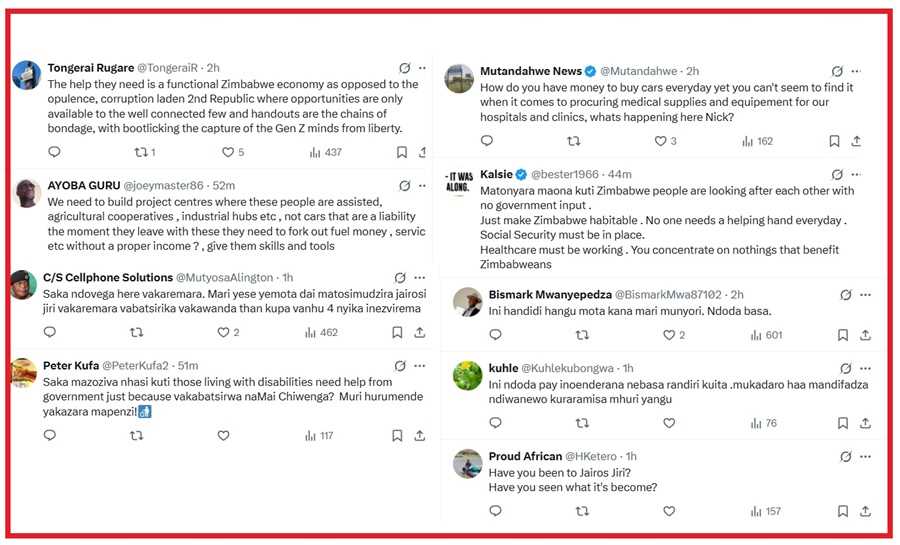


Leave Comments